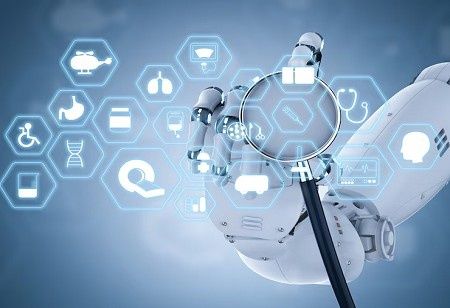India Pharma Outlook Team | Tuesday, 24 June 2025

India's MedTech ecosystem is getting a massive boost through the Production Linked Incentive (PLI) scheme for medical devices. For Falgun Jani, Business Head, Freudenberg Medical India, the policy thrust towards high-end diagnostic imaging, cancer therapy, and cardiovascular devices is fueling the development of a value chain that relies on other units for expansion in advanced component manufacturing.
Jani described how the operation of contemporary medical devices depends on high-accuracy components constructed from high-quality biocompatible materials like implant-grade silicone, PEEK, and pharma-grade tubing. With increasing demands for cost, speed, and quality, the components must be manufactured locally.
The PLI scheme, while not investing in the makers of components directly, raises demand for their services and enables scale and innovation down the supply chain, Jani explained to Pharmabiz. He also said that world-wide OEMs are reconfiguring their supply chains increasingly, and India is becoming a cost-effective, regulation-friendly option.
Also Read: The Future of Genomic Sequencing: Trends That Will Define the Next Decade
Freudenberg Medical, with 11 worldwide production locations, is already betting big in India by providing local support for intricate moulding, catheter systems, and micro-extrusion technology. The company is partnering with Indian customers from concept to material selection, through to lean manufacturing, with a number of product launches lined up over the next 3–5 years.
India’s medical devices market, currently esteemed at US dollar 11 billion (Rs. 90,000 crore), is expected to grow to US dollar 50 billion by 2030. The National Medical Devices Policy 2023, along with initiatives like Atmanirbhar Bharat and Make in India, purposes to adoptive innovation, regulatory clarity, and skilled manpower to realize this growth.
“With strategic policy support and growing international collaboration, India is moving beyond being a MedTech assembler to a global innovation and component manufacturing hub,” Jani concluded.